
Not only preserving the precious traditional values left by their ancestors, the people here also know how to skillfully exploit them to "transform" heritage into livelihoods, creating a foundation for sustainable economic development and spreading the cultural soul of the Central Highlands.
Preserving identity through tourism
In early November, when the rainy season in the Central Highlands has ended, the golden wild sunflowers have covered the entrances to the villages, and it is also the time when the village of Op is bustling to welcome tourists. On the clean concrete road leading to the village, the sound of gongs and drums resound everywhere, the melodious xoang melodies, the skillful hands of weaving handicrafts or brocades appear in the amazement and delight of tourists.
Born and raised in Op village, Puih Ly, who is both a wickerworker and a member of the village’s gong performance team, confided: “Thanks to community tourism, the lives of the villagers are much more stable than before. Gongs, communal house worship, and grave abandonment are traditional customs of the Gia Rai people, something their ancestors left behind. With tourism, these customs are promoted and revived in a very unique way.”
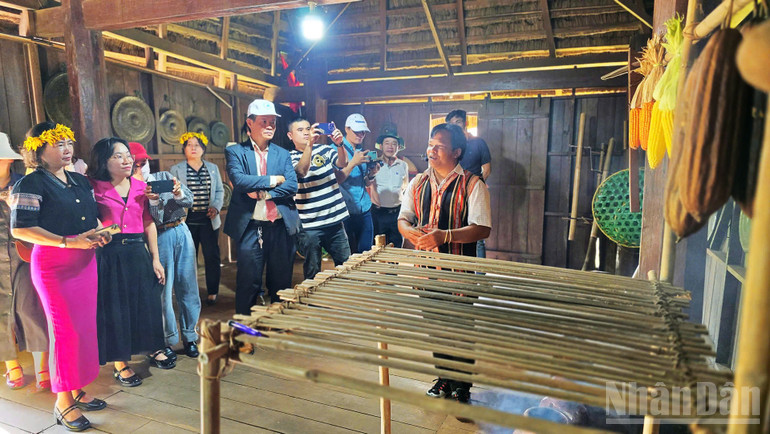
If in the past, these activities only appeared in traditional festivals, now, with the strong development of community tourism, all cultural activities have become vivid experiences, attracting tourists. People in Op village not only perform gongs and xoang dances, but also organize for tourists to try weaving, cook with traditional wood stoves, learn to brew wine and listen to stories through wooden statues. All create eco-tours with a strong Central Highlands identity, where visitors can not only admire but also immerse themselves and "live slowly" with the Gia Rai community.
Villagers are also actively renovating their houses, especially traditional stilt houses, to serve the accommodation needs of tourists. The Gia Rai living space is kept clean, unique and imbued with cultural imprints. Elderly villagers such as Mr. Ro Mah Hur, Head of Op Village, proudly said: “Op Village has more than 200 households, mainly Gia Rai people. Previously, people were only used to farming, but now almost the whole village has joined together to do community tourism. I am very happy and proud that my village has been chosen as a place to develop tourism.”
Currently, Op village has established two gong teams, one for adults and one for teenagers, along with a xoang team of more than 20 young women. Elderly artisans play the role of teaching the young how to play gongs and xoang, and performing traditional musical instruments. Visitors to Op village not only get to listen to gongs, but also experience the vivid continuation of heritage from generation to generation.
Driving force for sustainable development
Op Village is a typical example that shows that when people are closely attached to traditional culture and know how to flexibly apply local advantages to tourism activities, it will create a driving force for sustainable development. The beauty of the model in Op Village lies in the fact that conservation goes hand in hand with livelihood, identity is a valuable resource.
Ms. Trinh Thi Dieu, a tourist from Ho Chi Minh City, after experiencing Op village, expressed: “The scenery here is very beautiful, the people are friendly. I really like the unique culture of the Gia Rai people, especially the wooden statues, the xoang dance and the sound of gongs echoing in the mountains and forests. Next time I will definitely come back.”
Not staying out of the game, many businesses have also proactively participated in this model of community tourism. Among them, Plei Gong Chieng restaurant operated by Ms. Nguyen Thi Thuy Dung is a bright spot. This is not simply a place to enjoy local cuisine, but also a miniature cultural exchange space where tourists can enjoy gongs and learn about the culture of the Gia Rai and Ba Na people in a close, friendly atmosphere.

Ms. Dung said: “I opened the restaurant not only to sell food but also to spread the national culture. Customers can come here to sip rice wine, enjoy gongs and ask the artisans about customs and festivals… Artisans in Op village often come to perform, thereby earning more income and keeping the passion for the profession alive.”
It is the inclusion of cultural elements in the service that makes Op village attractive and different. It is not “mass tourism”, but a sustainable, humane tourism model that puts people at the center of development and cultural preservation.
Ms. Tran Thi Tra My, civil servant in charge of culture and society of Pleiku ward, said: “Op village is aiming to become a model community tourism village associated with preserving Gia Rai ethnic culture. The good news is that the majority of villagers have agreed and actively participated in experiential activities such as traditional cuisine, gong performances, handicrafts...”.
Currently, the infrastructure system in Op village is being gradually completed to welcome visitors; at the same time, the government is also actively building a mechanism to support households participating in accommodation and restoring traditional cultural spaces. This process will continue to be promoted in the coming time to maximize the potential of the village and spread its identity to all visitors.
Promoting national cultural values
The initial success in Op village once again shows that: For tourism to truly become a key economic sector, the locality itself must understand and promote its own strengths, and the community must be placed in the center, both as the creator and the beneficiary.
By taking culture as the main axis, the community tourism model in Op village not only helps to increase income and improve people's lives but also preserves the "soul" of the Gia Rai people in the flow of modernization. From seemingly small things such as xoang dance, loom, wine jar, wooden statue... all are being revived vividly and have economic value.
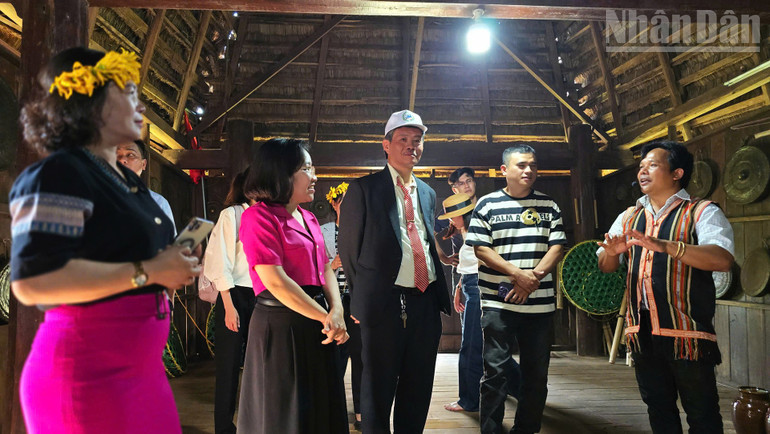
In the post-Covid-19 period, the demand for experiential tourism and community tourism is increasing. Craft villages and cultural villages like Op not only contribute to "retaining" domestic and international tourists, but also strongly affirm: National identity is a valuable endogenous resource that needs to be preserved, respected and promoted for sustainable socio-economic development.
Gia Lai province in general and Pleiku ward in particular are launching many sustainable tourism development programs, in which Op village is identified as a typical highlight to build a chain of "community tourism villages" connecting the Central Highlands cultural space, while combining tours to experience local heritage and ecology.
Source: https://nhandan.vn/diem-sang-du-lich-cong-dong-cua-nguoi-gia-rai-post923765.html





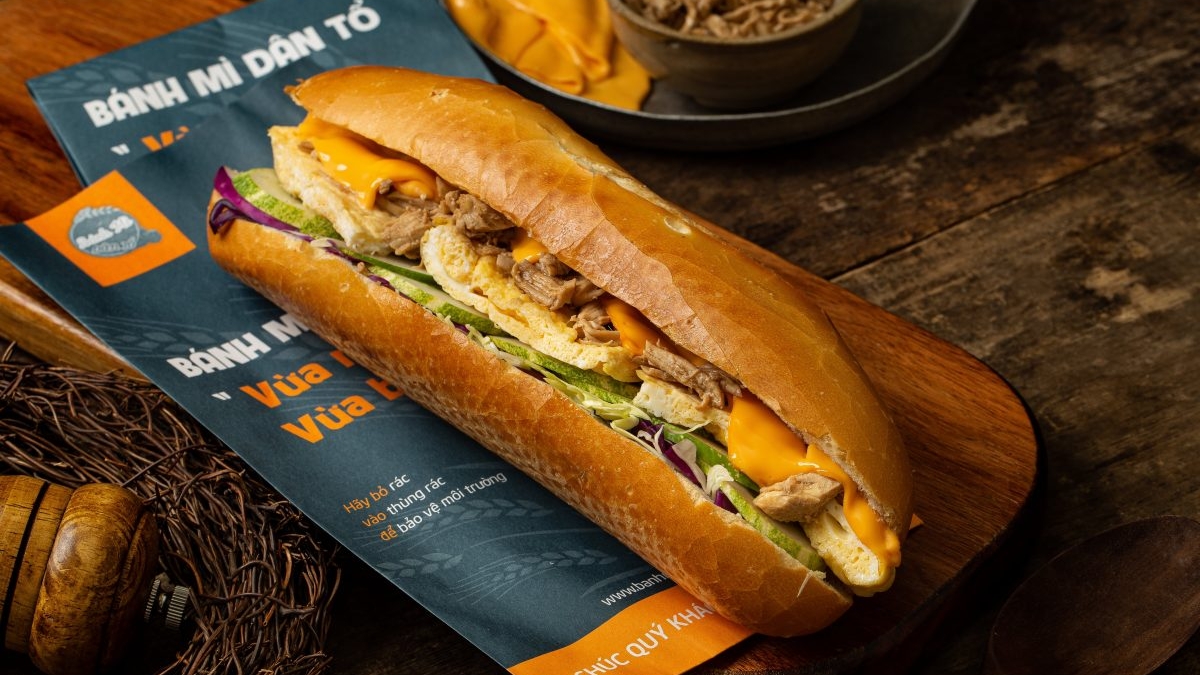


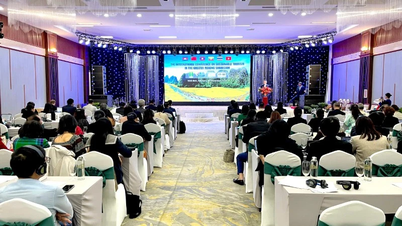
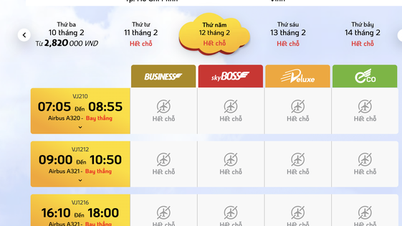


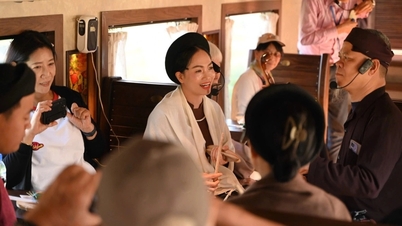



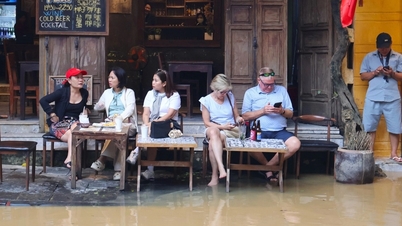




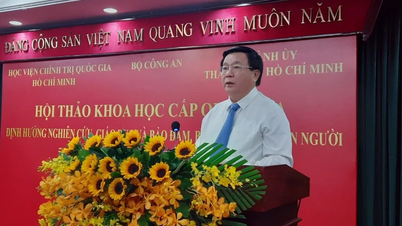






![[Photo] General Secretary To Lam and National Assembly Chairman Tran Thanh Man attend the 80th Anniversary of the Traditional Day of the Vietnamese Inspection Sector](https://vphoto.vietnam.vn/thumb/1200x675/vietnam/resource/IMAGE/2025/11/17/1763356362984_a2-bnd-7940-3561-jpg.webp)

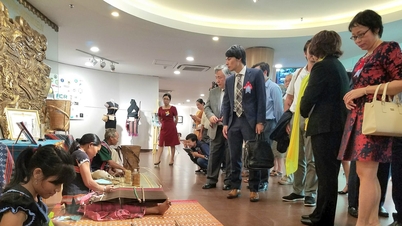




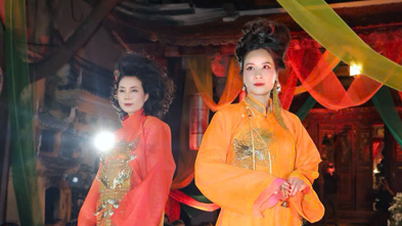
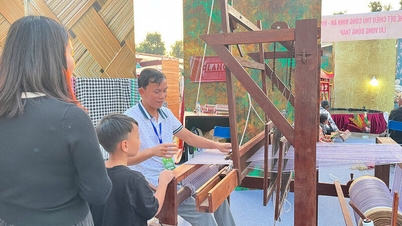



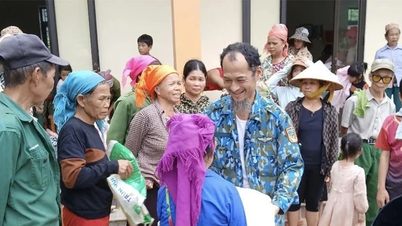



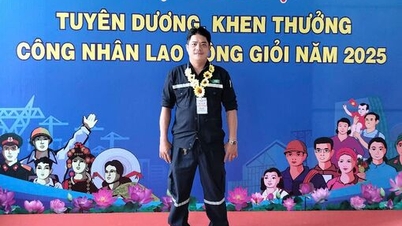






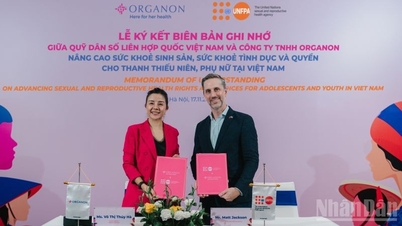















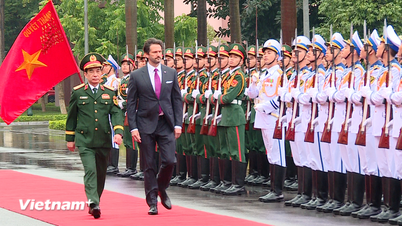














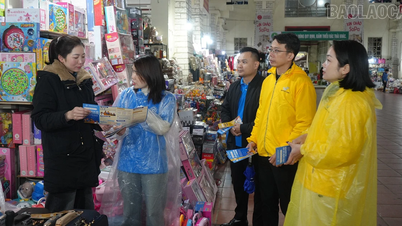












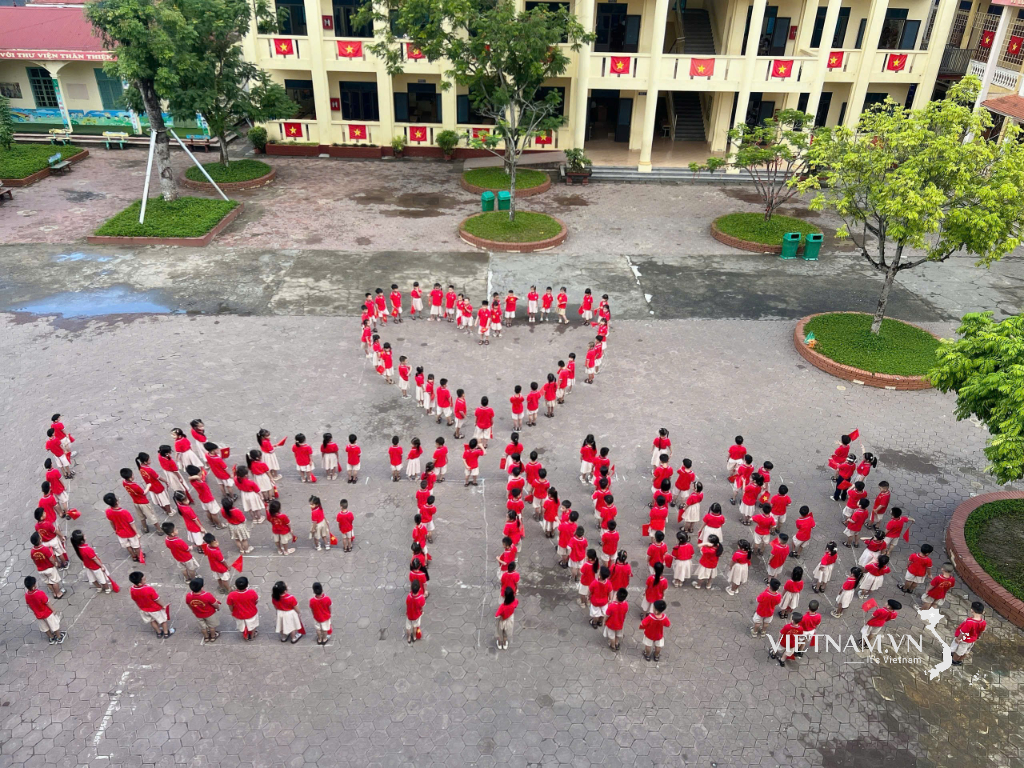

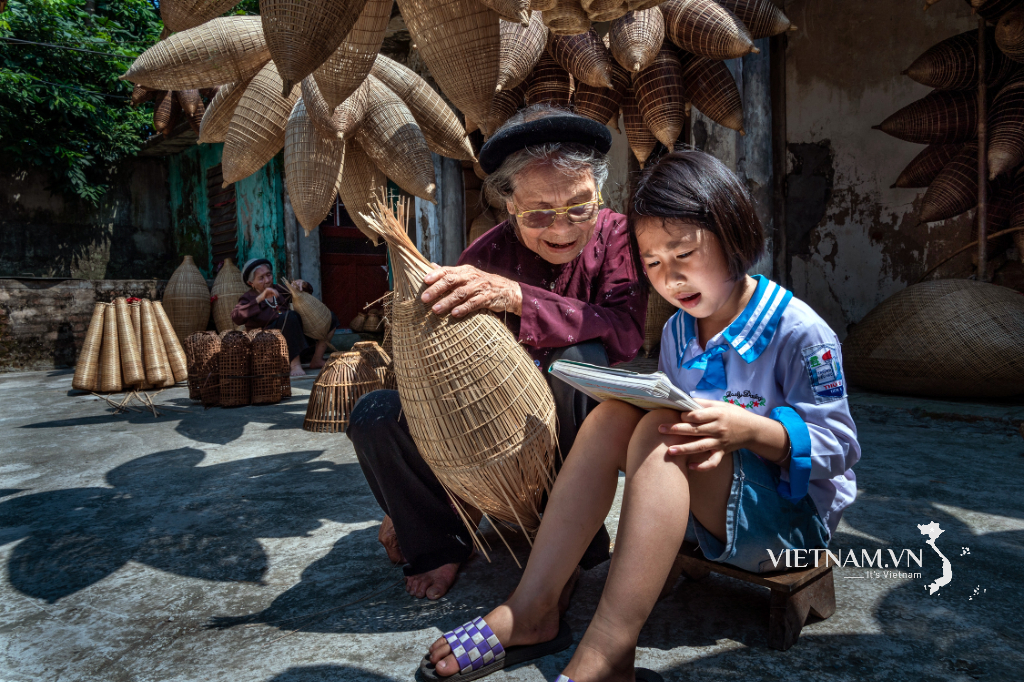

Comment (0)